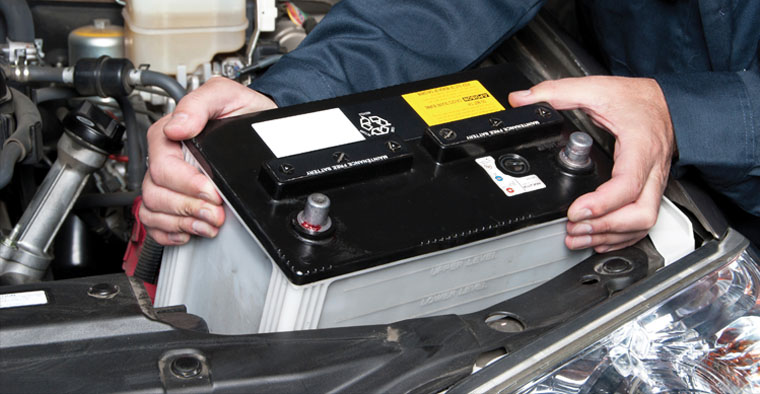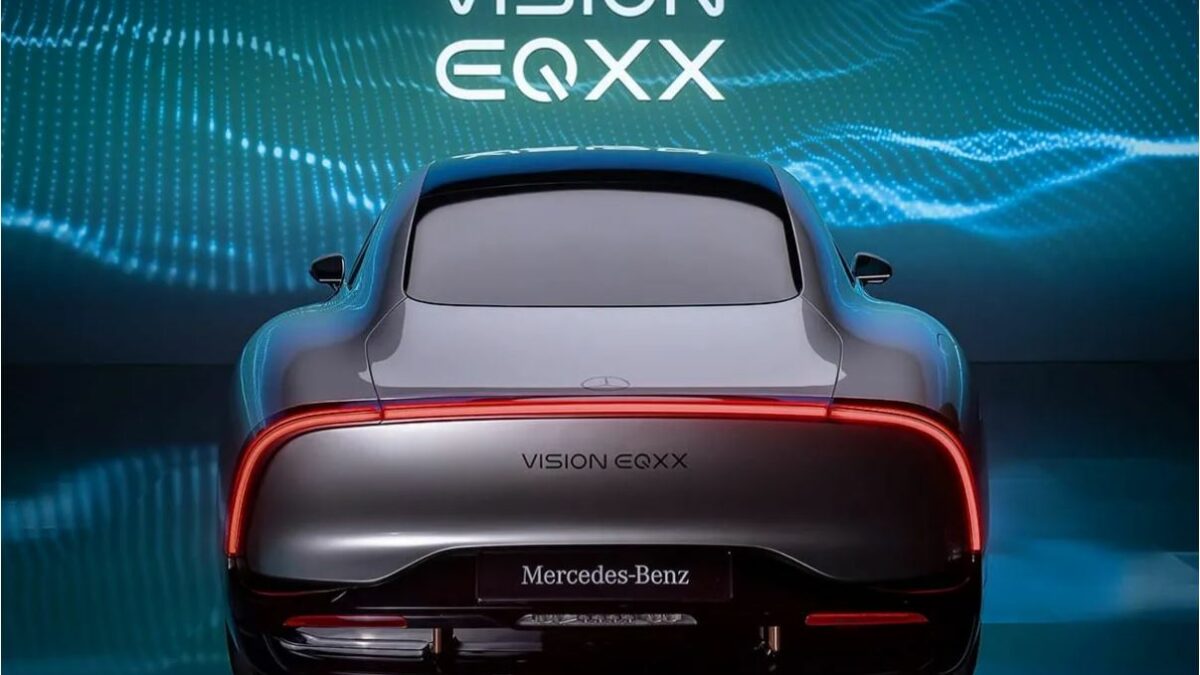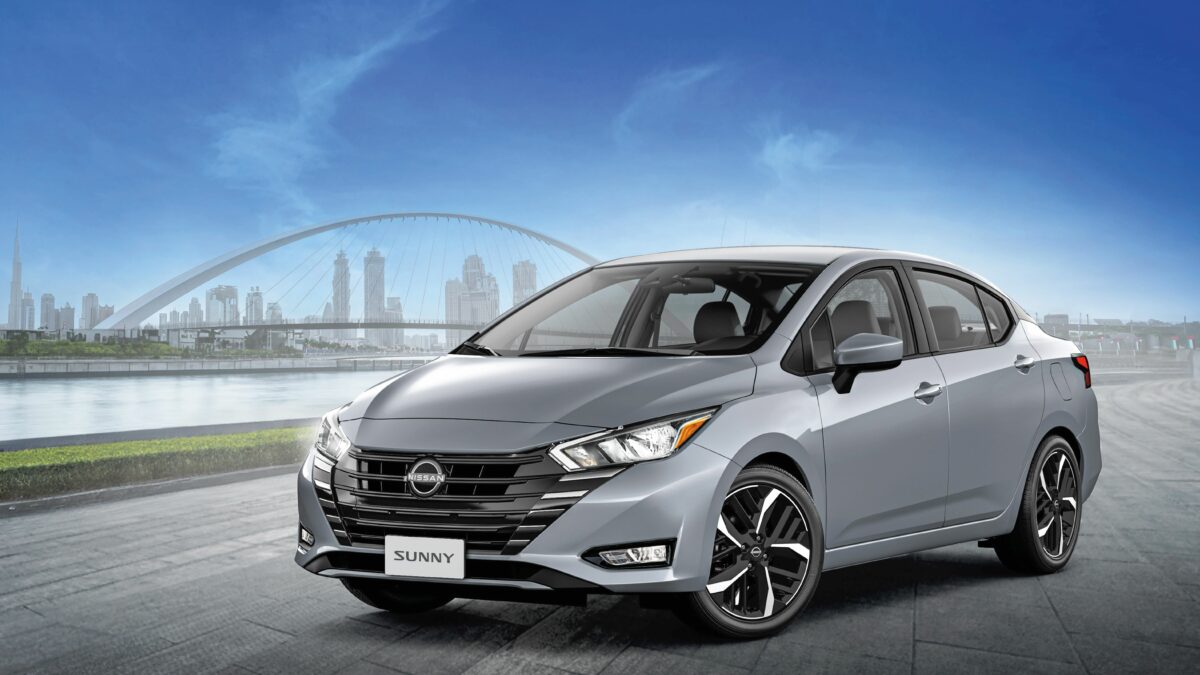
Conventional battery FAQ
Batteries are an important part of everyday life in the 21st century because, quite simply, most of the devices that we rely on every day for work and play won’t function without one. The same goes for the big battery in our vehicles that run all the onboard electronics and help start the engine. For such an important item, it’s a good idea to know a bit about how it works.
Overview
Aside from firing up the car, the battery is responsible for powering the air conditioning system, radio, windshield wipers and all the interior and exterior lighting. Features like automatic seats and windows also need the battery to operate their auxiliary motors.
Design
Like any household AA battery, a conventional lead-acid 12-volt car battery has a positive (+) and a negative (-) terminal that is appropriately labelled on the outer casing. You can also differentiate between the two terminals by the colour of wiring: red for the former and black for the latter.
Process
Batteries create power through a chemical reaction. Made up of six cells, each cell contains two electrodes comprised of overlapping metal plates forming a positive and negative grid. The positive grid is covered in lead oxide, which brings electrons into the cell. The negative grid is covered in lead and releases the electrons. This occurs when the metal plates— submersed in a water and sulphuric acid mixture — react with the lead oxide and lead, thereby creating electricity.
Lifespan
Most car batteries will last for up to four years, although performance will slowly deplete over time. Constant draining and recharging of the battery, for instance leaving the headlights on with the ignition turned off and then jumpstarting the car afterwards, can reduce this timeframe considerably.
History
• In 1859, a French physicist by the name of Gaston Planté invented the lead-acid battery, eventually seeing widespread use in automotive applications. It also led to the creation of the world’s first rechargeable electric battery.
• Sealed-car batteries arrived on the scene in 1971. They were the first examples that didn’t require water and were immune to corrosion.
• Staring in the 1980s, new comfort and convenience options were introduced requiring more electricity. Thus, battery design improved significantly providing increased capacity to meet the needs of the new technology.
• Engine start/stop technology, which turns off the motor when the car is idling in order to save fuel, starts to gain popularity in the 2000s. In order to cope with the increased load requirements, the quicker to charge and perform Absorbent Glass Mat (AGM) batteries are used.







